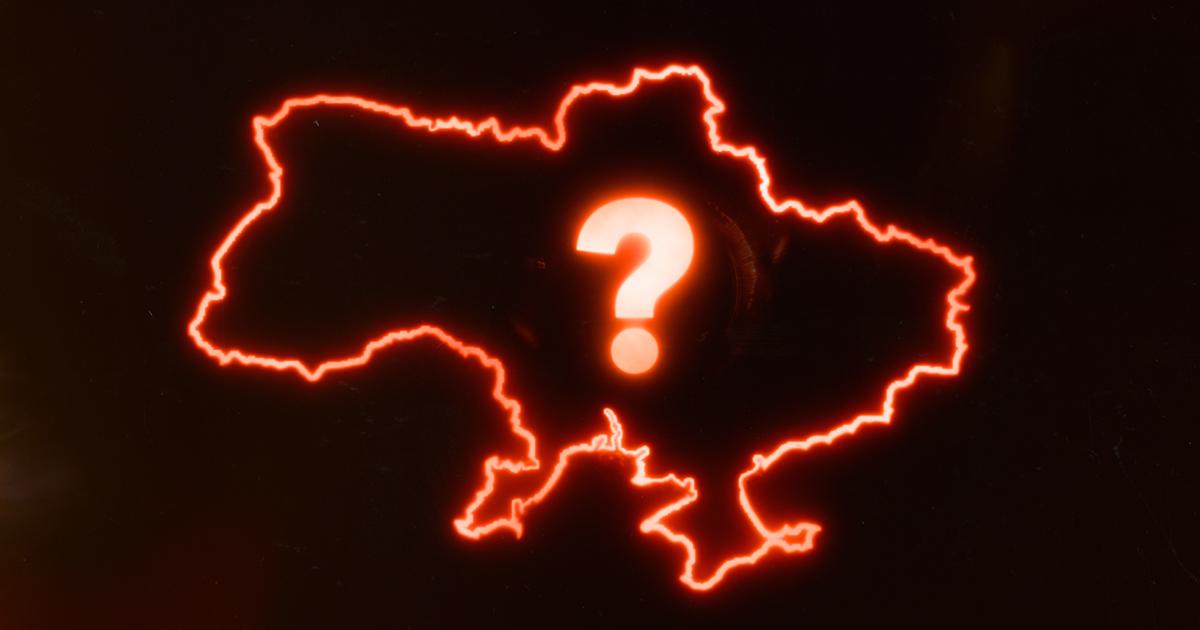
Over the weekend, border-policy negotiations between Senate Democrats and Republicans fell apart. The talks were meant to firm up Republican support for the president’s massive $105 billion military support proposal ahead of Wednesday’s vote by including additional funds for border security in the spending package. Now, with no imminent approval of further aid to Ukraine, hawks in government and the media are trying to stoke panic about what will happen if Kyiv is cut off from US support.
In a letter to Congress Monday, White House budget director Shalanda Young told Congress the funds will dry up by the end of the year:
I want to be clear: without congressional action, by the end of the year we will run out of resources to procure more weapons and equipment for Ukraine and to provide equipment from U.S. military stocks. There is no magical pot of funding available to meet this moment. We are out of money—and nearly out of time.
Young goes on to forecast disaster for Ukraine if more money isn’t allocated. But is that really accurate? Are the Ukrainian people doomed if Washington stops funding the war?
If we’re going to understand what might happen in the absence of US involvement in Ukraine, we must first understand Washington’s actual effect on the war, the true nature of which has been laid out brilliantly in a series of recent columns by Ted Snider.
Russia’s invasion of Ukraine began with a bombardment of cruise missiles on February 24, 2022. Later that day, infantry and armored divisions rolled in from Russia, Belarus, and Crimea while paratroopers dropped in around the capital city of Kyiv.
Days later, as the shock and confusion of the initial offensive began to dissipate, Ukrainian president Volodymyr Zelensky attempted to set up indirect talks with Russian president Vladimir Putin. Zelensky called then–Israeli prime minister Naftali Bennett and asked him to contact Putin and to serve as a mediator. Bennett agreed.
Over the next week, Bennett had a series of phone calls with Putin before traveling to Moscow and Berlin to help organize diplomatic communication channels. His effort culminated in a March 10 meeting between the Russian and Ukrainian foreign ministers in Turkey.
In the series of talks that followed, Bennett described both sides as making “huge concessions” in pursuit of a ceasefire.
But Kyiv’s Western backers were resistant to the truce. At a special summit on March 24, NATO decided not to support or approve the peace negotiations. Still, Zelensky and Putin kept at it. And on March 29, the two sides reached an agreement.
According to a draft unsealed this past June, Russia had agreed to pull its forces back to prewar boundaries. In exchange, Ukraine had agreed it would not seek NATO membership.
So why didn’t it happen? Well, it may have started to. In early April, Russia withdrew its forces from northern Ukraine, around Kyiv—an action Putin later said was related to the Istanbul agreement.
But then, according to Bennett, former German chancellor Gerhard Schröder, Turkish foreign minister Mevlüt Çavuşoğlu, and the leader of the Ukrainian delegation to the talks, David Arakhamia, the West pressured Zelensky to abandon negotiations and fight.
Assuming the best intentions, it’s possible officials in Washington and Brussels believed the Ukrainians could win enough battles to improve their leverage in future negotiations. But that is not what happened.
Instead, Washington bankrolled a horrifying twenty-one-month war of attrition that has cost the people of Ukraine greatly in land, lives, and limbs. After talks broke down, Russia laid permanent claim to tens of thousands of square miles of Ukrainian territory that it had earlier agreed to relinquish.
Last summer, Ukrainian forces began attempting to retake this land by force in the so-called counteroffensive. But they have since lost more territory than they have gained. Ukraine keeps its casualty count classified, but by the end of August US estimates had put it north of two hundred thousand. And it has likely climbed substantially with the ongoing struggle to break through heavy Russian minefields.
As their supply of military-aged men has dwindled, the average age of a Ukrainian soldier has climbed to forty-three. And now there is a push within the Ukrainian government to lower the draft age to begin conscripting those who have so far been too young to be eligible.
The Ukrainian people are being put through hell. And now even senior Ukrainian military officials admit there is no military path out.
If the purpose of stifling the Istanbul agreement was to help the Ukrainians gain more leverage, the West must admit failure before Ukraine loses even more.
And if Washington’s intentions were more nefarious—as comments from officials like Mitch McConnell, who have framed the war as an easy way to burden Russia without spilling American blood, suggest—that’s all the more reason to call off this horrific project.
That brings us back to the original question. What would happen if the United States stopped supporting Ukraine? We already know. Ukraine and Russia would work toward a deal. It won’t go as well for Ukraine as it did almost two years ago when they were stronger. But it’s not a path to fear. Because the alternative is that the White House gets its way and this brutal, unnecessary war carries on. And that’s so much worse.



